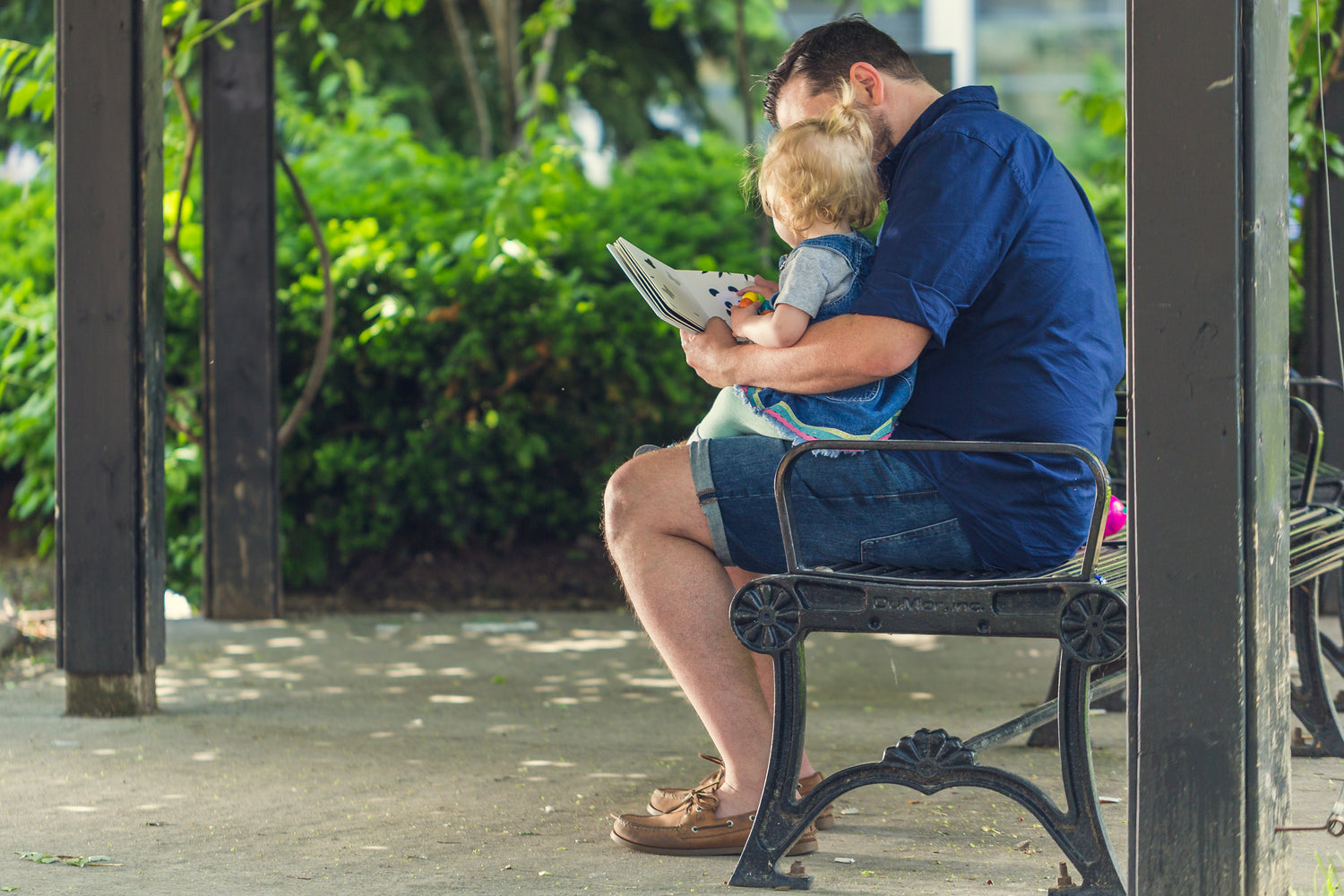 How Non Violent Communication can bring connection and peace to family life with toddlers
How Non Violent Communication can bring connection and peace to family life with toddlers
I’ve see it a few times on my Facebook feed – a photo of a distraught toddler pummelling the floor of a supermarket/ pavement/ kitchen floor with her fists. It's posted by an obviously equally distraught (yet hiding beneath a mask of mirth) parent. The words are usually along the lines of “I don’t negotiate with terrorists or tantrumming toddlers!”
A toddler's fierce emotions can trigger our own emotional reaction
Feeling triggered can make us want to clamp down the parental controls, to somehow contain their passions, squeeze them into a space that doesn’t effect us so much.
We worry that they are using their ability to scream for long periods of time as a negotiation tool, we are, deep down, concerned that their own volatility expressed needs will squash our own.
In some families, tantrum by tantrum, the dance of communication becomes out of sync, the precious connection between parent and child begins to unravel, family peace is replaced gradually by a general sense of tension. I have seen it time and time again.
Fortunately, there is an official process that has had a powerful impact on terrorism situations, one that could be tweaked a little (for example, using less weaponry, and presidents) and used for family life.
Yes! THIS PROCESS EXISTS!
In general, I'm against calling toddlers terrorists, and am by no means comparing the two, but I think the feelings of being absolutely stuck and disempowered can be quite similar.
Naturally all I have to go on is my experience on teleconferences with Isis … I jest… although I shouldn’t.
So the process I mention was developed by a man, Marshall Rosenberg. He used it for a couple of decades in situations of deep conflict such as the atrocities in Rwanda and the hostility in the Middle East.
Introducing Non Violent Communication
The process is called
Non Violent Communication. NVCs purpose is to restore connection where connection has been lost. It opens up communication that aims for everyone getting their needs met.
The moment I closed the last page on Rosenberg’s book I became certain that this process could not only change the world through assisting global conflict but through the everyday lives of parents and children.
It is a strategy for communicating but it also so much more. It is like a pair of glasses you can put on that helps you find empathy and positive solutions with your toddler.
The four components
The four pillars of Non Violent Communication are observations, feelings, needs and requests. Rosenberg describes;
“First, we observe what is actually happening in a situation. What are we observing others saying or doing that is either enriching or not enriching our life? The trick is to be able to articulate this observation without introducing any judgment or evaluation. To simply say what people are doing that we either like or don’t like. Next, we state how we feel when we observe this action. We can say if we feel hurt, scared, joyful, amused, irritated? Thirdly, we can say what needs of ours are connected to the feelings we have identified. An awareness of these three components is present when we use NVC to clearly and honestly express how we are.
For example, a mother might express these three pieces to her teenage son. She says, “Felix, when I see soiled socks under the coffee table and another three next to the TV, I feel irritated. I am needing more order in the rooms that we share.” She would follow immediately with the fourth component—a very specific request. “Would you be willing to put your socks in your room or in the washing machine?”
Observation
Take a step back from the immediate situation. Take a breath. Look inside and observe your emotions, look outside and observe your toddler's emotions.
NVC conversations are slow and quiet, they involve silent space, reflection and observation. Have a look at this
Youtube video to get a sense of how softly, softly these parenting chats can go.
Feelings
Validating our own feelings and our child’s feelings is crucial. We can help our child picture their emotions by supporting them to recognise the way emotions come through their body. A bubble of anger in their belly. A tingling of their skin.
We validate these emotions. There is enough space in your family life for what both your child and you are feeling.
Needs
When we begin talking about needs – our own needs and our children’s needs – we naturally move away from judging behaviour. The list of basic needs is quite large, encompassing the need for food and security, but also for self expression and autonomy.
If we can see that our children are just working out the best ways of getting their needs met (perhaps with a strategy that we find difficult) there is quite a change in perspective.
Requests
The fourth pillar is perfectly practical. It's possible to ask in a way that makes clear our needs and the way we hope for them to be met.
Before we make a request we need to have made sure we have connected – connection always comes before solution.
We need to recognise toddlers own needs and feelings and ask if they are willing to hear our request. If we hope our request will be met it needs to be precise and actionable – never more so then when dealing with little people!
We CAN negotiate with terrorists and toddlers
NVC is a win-win process. So often we feel that it is either/ or – our child’s needs or our own. I have to address this ingrained idea in my own mind almost everyday. NVC gives me confidence in solutions – with enough time and the right tools we can find a way forward that isn’t a compromise of needs but that makes everyone happy.
Check out Lucy’s blog, Lulastic and the Hippyshake
Learn more
Attachment Parenting UK’s accredited
Positive Discipline course, suitable for parents, carers and anyone working with toddlers to teens. The course includes modules on tantrums and a wide range of positive discipline topics in 10 flexible interactive modules.
 How Non Violent Communication can bring connection and peace to family life with toddlers
I’ve see it a few times on my Facebook feed – a photo of a distraught toddler pummelling the floor of a supermarket/ pavement/ kitchen floor with her fists. It's posted by an obviously equally distraught (yet hiding beneath a mask of mirth) parent. The words are usually along the lines of “I don’t negotiate with terrorists or tantrumming toddlers!”
How Non Violent Communication can bring connection and peace to family life with toddlers
I’ve see it a few times on my Facebook feed – a photo of a distraught toddler pummelling the floor of a supermarket/ pavement/ kitchen floor with her fists. It's posted by an obviously equally distraught (yet hiding beneath a mask of mirth) parent. The words are usually along the lines of “I don’t negotiate with terrorists or tantrumming toddlers!”



